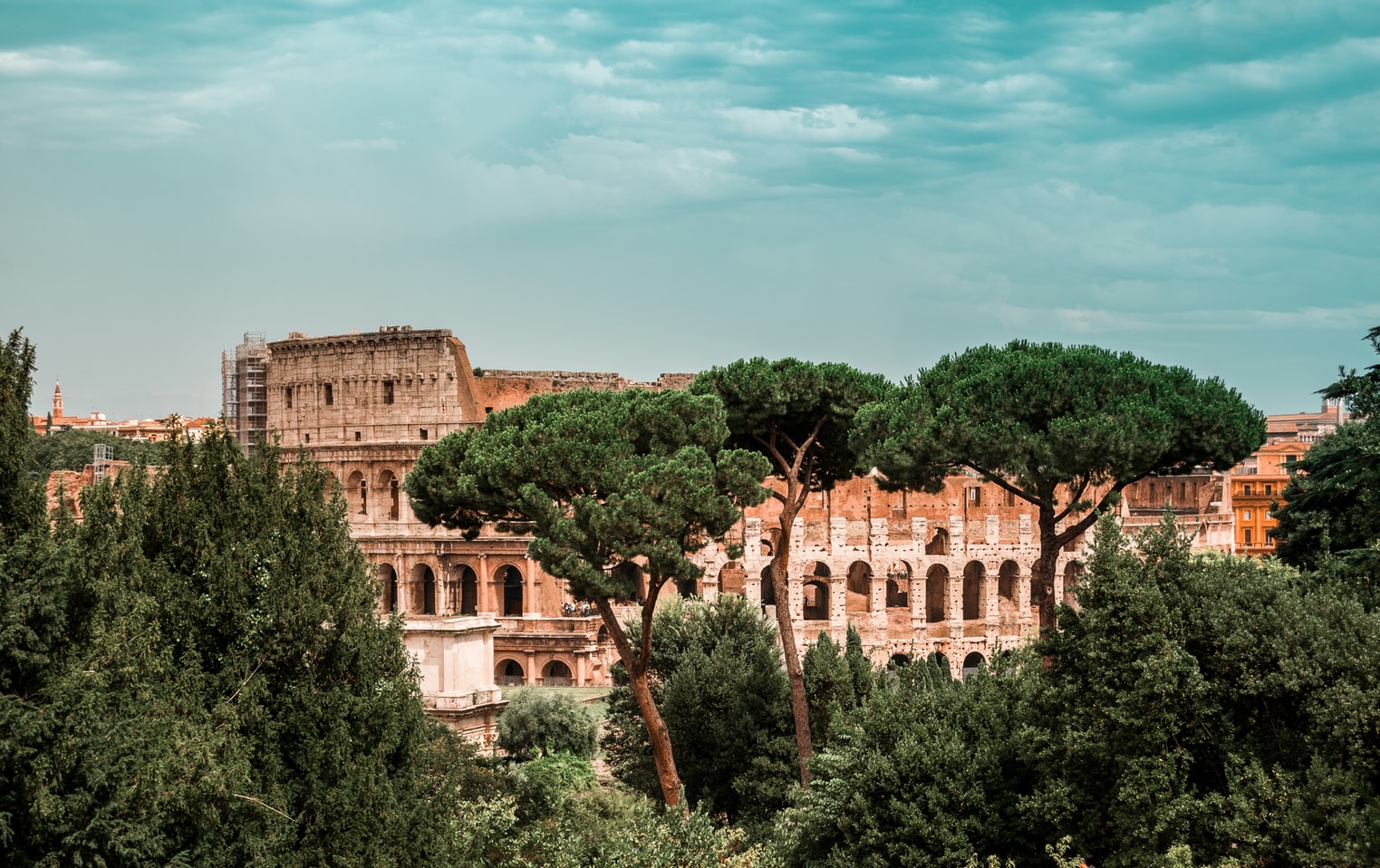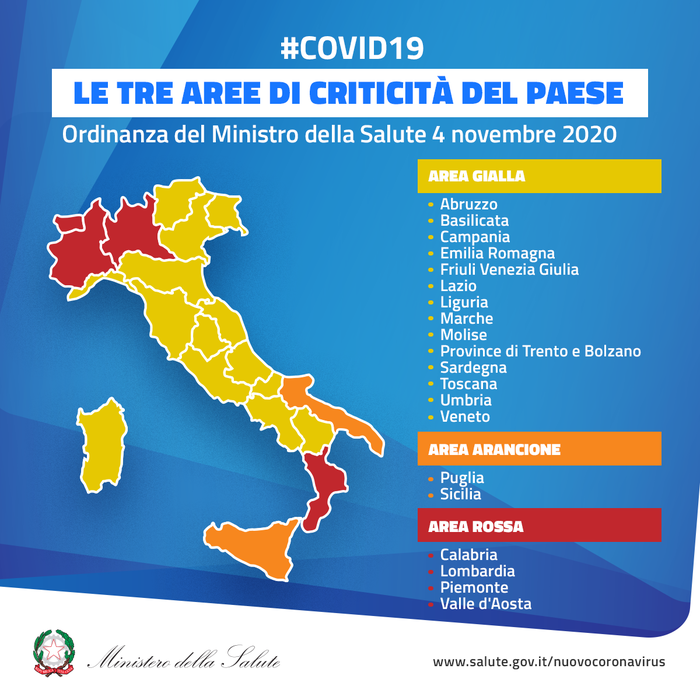
Manhattan is known to the world as the city that never sleeps, but it’s not the only city that is notorious for its seemingly nonstop lively atmosphere. There is perhaps no city more iconic than Rome, and it’s been that way for thousands of years for a reason. It is the cradle of Western society, so such a beautiful city shrouded in silence during the 2020 April lockdown was horribly eerie.
Even the statues, in their towering stone glory, looked sad.
And when you consider the reality of COVID-19 in Italy while embarking on this silent virtual tour, it’s hard to feel the city’s usual majesty. The silence, and the stillness, was a mark of death and fear in the Eternal City. As one of the first European countries hit by the virus before there were vaccines and widespread mandates that handled the spread, Italy was devastated.
With hospitals overrun, families with victims of the virus were forced to house their decaying corpses in the tight quarters of their apartments while waiting for transport, sometimes for days at a time. Under then-Prime Minister Giuseppe Conte, the country was categorized into color-coded zones: rosso, aracione, and gialla (red, orange, and yellow). Red was the high-risk zone, and at one point in 2020, nearly the entire peninsula was a bright, glaring red. If you had to venture into the piazza for groceries or supplies, you had to fill out a form to present if stopped by polizia.
This scene was that of a dystopia, not the Eternal City.
During an interview with NBC News at the height of the pandemic, Conte told viewers that “We are suffering very much.” Later, it would be under his strict restrictions managed to get the country’s numbers under control.
Today, although the Green Pass has sparked widespread protests in Italy and abroad, current Prime Minister Mario Draghi has deemed vaccine mandates crucial for stopping the spread of the virus and eventually seeing the population reach herd immunity.

Which marks a much better state of mind than what reigned in the bleak, empty streets of the Italian capital in the virtual tour.
When you think of the Piazza Navona or the Spanish Steps, the iconic images are always riddled with tourists. Sometimes, there are too many tourists, but at least that means there are people. Where there are people, there’s business. Money spent and made. Throngs of khaki-wearing Americans snapping photos of the Trevi Fountain or the Pantheon is a good thing, which even Italians can attest to. Their absence wounded the city’s economy, much of which relies on tourism (until the pandemic decimated its tourism numbers).
These monuments and their surrounding streets usually bustle with the hum of scooters and the blare of car horns. Without the noise, the people, and the activity that makes this city so great, it seemed like nothing but hollow stone and marble. Occasionally there was an ambulance racing down a road, but that’s not the kind of noise you want. It only underscores the suffering that Italy experienced in April 2020, and although the virtual tour is worth viewing, it’s not worth repeating.
Rome in the video is not the city that the rest of the world knows and loves.
However, that does not mean that it can’t be used for global collaboration in an educational setting. If one wants to teach students the reality of what happened to the world in 2020 through hands-on projects and other tools, this tour certainly provides a raw view. If the home of the Colosseum and the Roman Forum went silent, students of the future will realize just what a dark period of history this was.
Particularly when we are back to some semblance of normalcy, and COVID-19 is nothing but a memory that makes you say, “Jeez, do you remember that?”
Hopefully, we will reach that point soon.
So here’s to ending 2021 and starting 2022 with a bang. Hopefully, Rome (and the rest of the world) will be back better than ever before. It’s a cheesy cliche to say, but what doesn’t kill you makes you stronger, and that’s never been more true for the people of Italy in the last few years.
Recent Comments